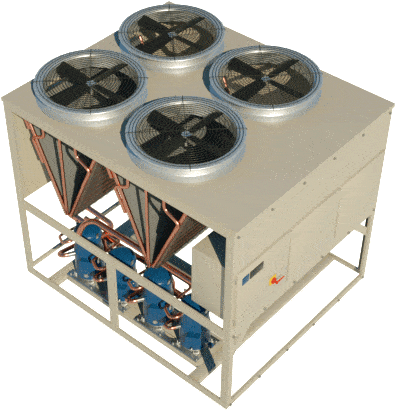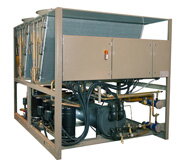

Looking over this list of replacements, with the parameters listed, it becomes easier to make an educated choice. Table 3 shows the more common R-22 replacements, showing capacity relative to R-22, mass flow relative to R22, and efficiency relative to R-22 when applied in a comfort cooling application. Price and availability of the conversion refrigerant.Environmental concerns (GWP of the conversion refrigerant).Oil requirements of the conversion refrigerant.Has compressor manufacturer evaluated compressor performance and wear with conversion refrigerant?.Pressure-Temperature relationship of the conversion refrigerant.In addition to the factors listed above, the following might be secondary factors, which would be considered: This should also be a consideration, as operating expenses accrue every month. However, a refrigerant that has a reduced efficiency compared to R-22 will result in increased electrical consumption.

System efficiency with the new refrigerant (compared to R-22): This is often overlooked. This would then require replacing or upgrading the controller, or forgoing the conversion.ģ. Worst case scenario is that the controller was only programmed to be used with R-22. This might be the determining factor in which refrigerant is chosen. But the TEV replacement adds cost and complexity to the conversion.A note regarding chillers with electronic expansion valves (EEVs): while there is no compatibility issue regarding the use of the R-22 EEV with any of these R-22 replacements, it is important to investigate whether the EEV controller was programmed with the ability to operate with the refrigerant you’re planning on using. In addition, the manufacturer of R-434A states that their refrigerant requires a TEV element that is compatible with R-502 (R-404A).Ĭertainly, there is no problem using any of these refrigerants as a replacement for R-22. The most notable capacity deficiency is with R-434A. Each has a greater mass flow requirement than R-22, resulting in the original R-22 TEV being undersized for each. The others on the chart do not fare so well. With R-407A and R-407C having similar mass flow rates to R-22, the original R-22 TEV selection is very suitable for application with both refrigerants. The table shows eight R-22 replacements, and how the R-22 TEV selection fares with each of the new refrigerant possibilities. An OVE-10 was selected, and it is operating at 99 per cent of its rated capacity at the design condition. Table 2 shows a Thermostatic Expansion Valve (TEV) selection for a 10-ton AC application with R-22. Table 2 TEV capacity with R-22 replacements If the mass flow requirement of the replacement refrigerant is significantly greater than the mass flow requirement for R-22, than the existing R-22 TEV would have insufficient capacity for the replacement refrigerant. TEV capacity is based on physical dimensions of the valve pin and port, system conditions and thermodynamic properties of the refrigerant. The thermodynamic properties will determine what the refrigerant mass flow rate will be in a given application. Refrigerant mass flow rate with new refrigerant (compared to R-22): This might not be quite so self-explanatory, but still important in terms of complexity and expense of the conversion. Typically, the capacity for the R-22 replacement should have a capacity that is fairly close to the original system capacity with R-22.Ģ. If you have a 75-ton chiller and the particular application requires all of that 75 tons to maintain the design temperature, then a reduction in capacity would not be acceptable. System capacity with new refrigerant (compared to R-22): This is pretty self-explanatory. The following are three of the crucial pieces of information in determining the best choice as a replacement for R-22.ġ.


 0 kommentar(er)
0 kommentar(er)
